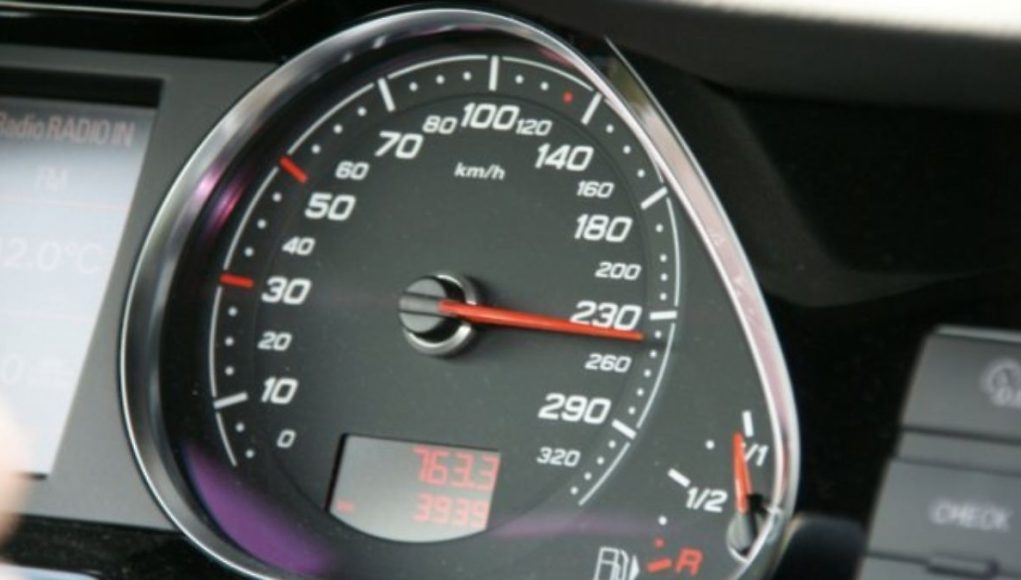German invention
How does a speedometer work?
This audio version was artificially generated. More info | Send feedback
With a combustion engine, with a little practice you can hear approximately how fast you are currently driving. It's more precise to look at the speedometer. A German invented the speedometer for use in cars in 1902. The way it works hasn't changed much since then.
It is the most important tool for drivers: the speedometer is indispensable, at least when driving in regulated traffic. A German invented the speedometer for use in cars more than 100 years ago. However, the basic functionality always remains the same: what is measured is not the distance traveled per time, but rather the speed of the wheel or gearbox.
The eddy current tachometer developed by Otto Schulz in 1902 used a flexible shaft to transmit the speed to the display instrument in the cockpit, but this was not very reliable, jerky and prone to wear. Modern cars now transmit the speed electrically: There is a so-called incremental encoder on each wheel, which optically or magnetically converts the rotational movement into electrical impulses that are recorded by a microcontroller.
The technology for display has also changed. In Schulze's eddy current tachometer, the shaft caused a small magnet to rotate, which created a magnetic field in the so-called speedometer button. This in turn acted on the axle of the speedometer needle, which had a metal plate and was held back by a tension spring. The more the wheel and subsequently the shaft rotated, the stronger the magnetic field became, which increased the attractive force on the speedometer needle.
Since the 1950s, electric speedometers have been increasingly used, while mechanical speed transmission via shaft has been abandoned. With an electric speedometer, the speed of the transmission is transmitted electrically. A moving coil measuring mechanism and later a rotating magnet measuring mechanism translate the transmitted voltage via a magnetic field into speed values that are displayed by the speedometer. Today, stepper motors controlled by microcontrollers take over the movement of the needle.
No direct measurement
What all solutions have in common is that neither the elapsed time nor the specific distance traveled are measured directly. Instead, the speed of the wheel or gearbox is translated – from revolutions per minute to kilometers per hour. However, changing the wheel or tire size can lead to inaccuracies.
When the volume decreases, the speedometer advances; when it increases, it slows down, which could lead to the speed limit being exceeded unintentionally. If you change the wheel size, a speedometer adjustment is recommended.
































